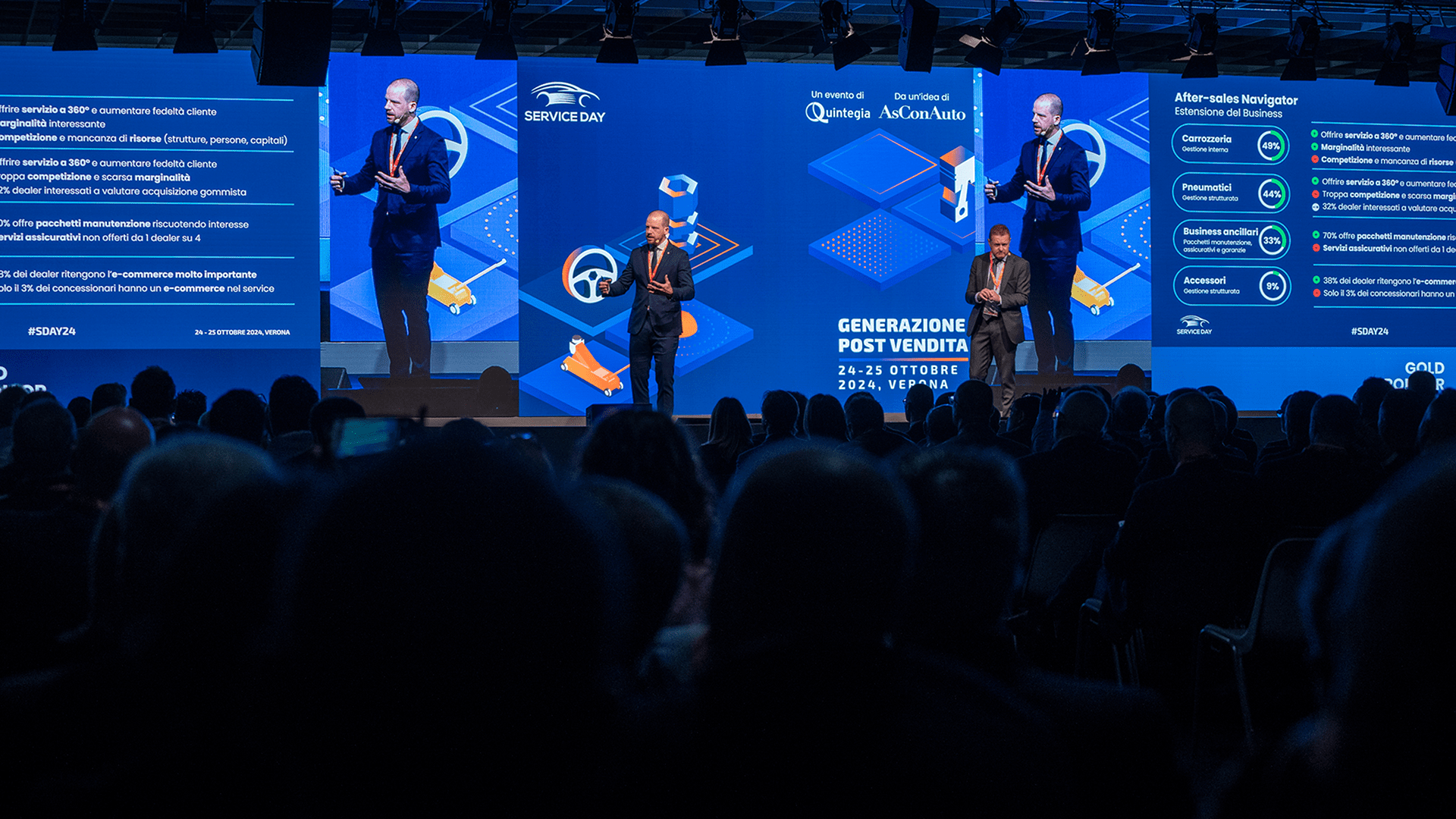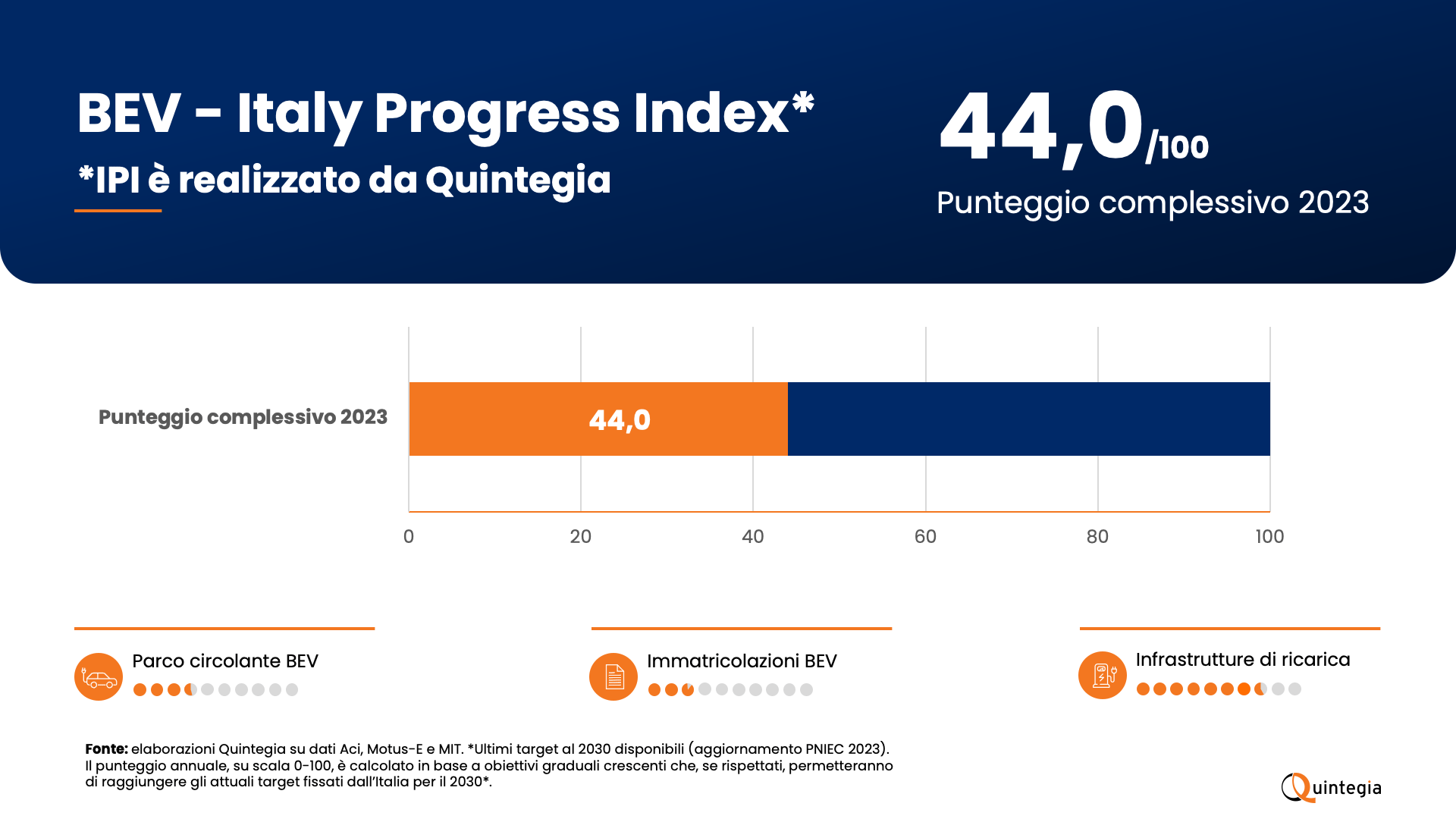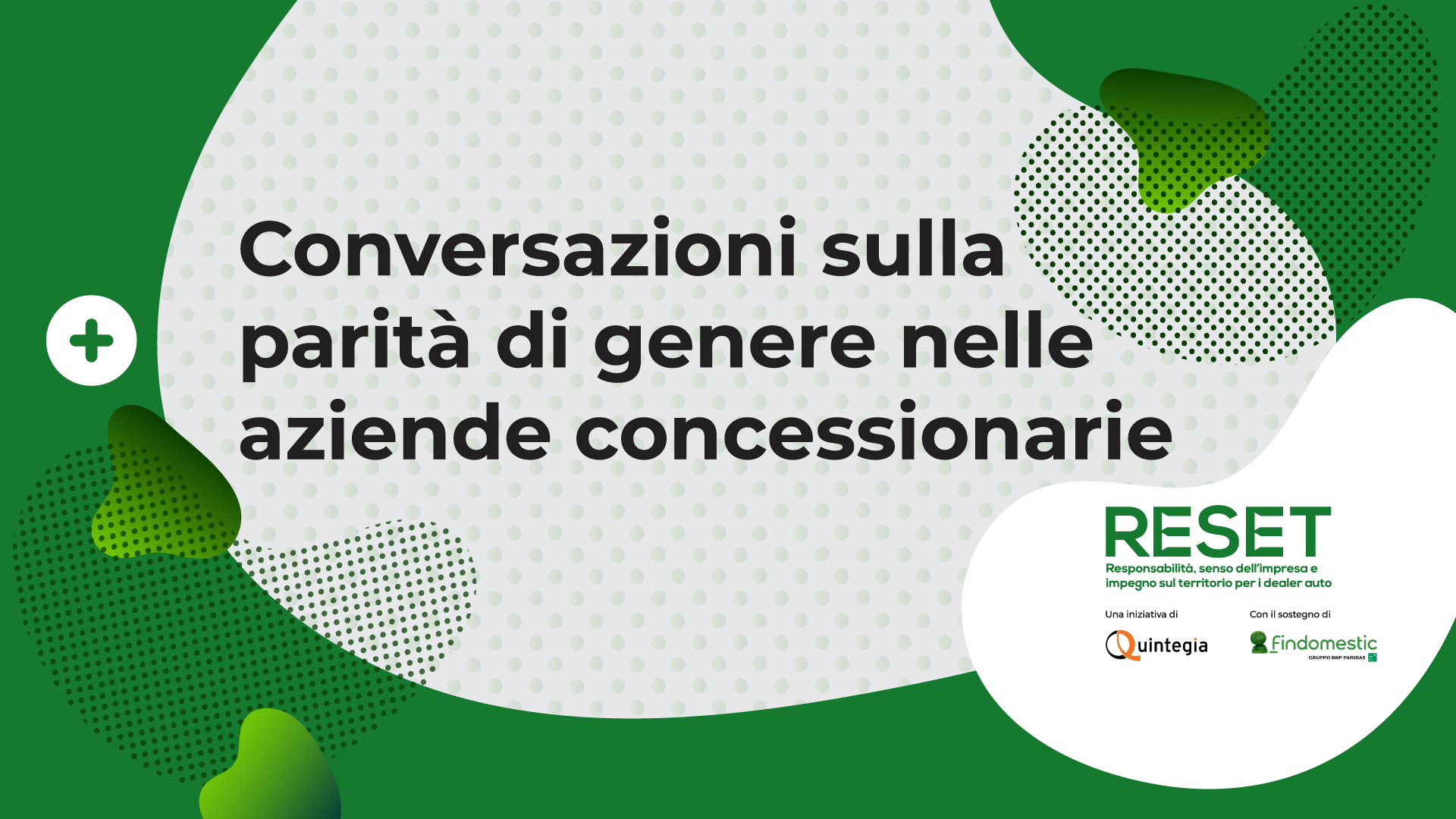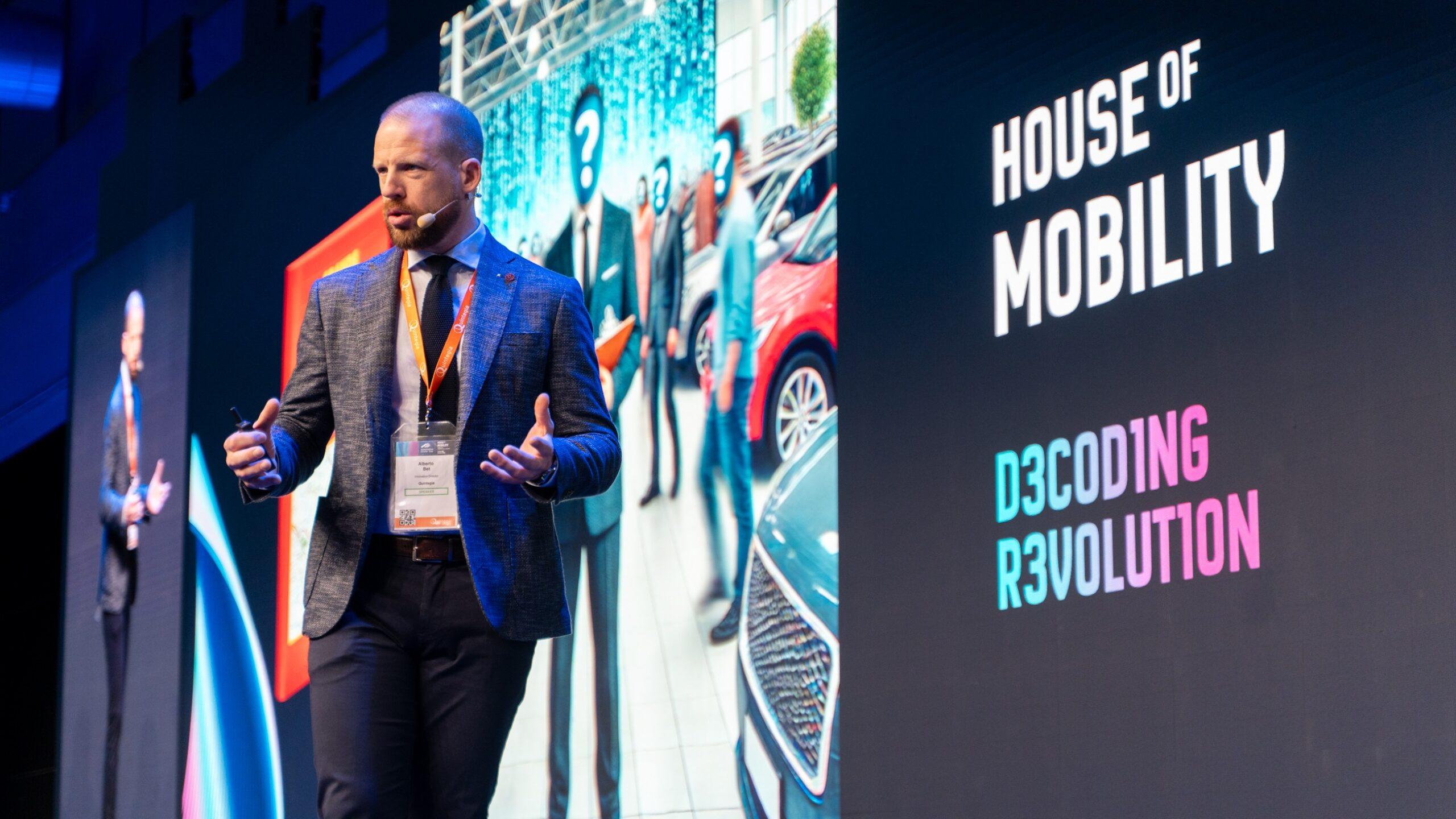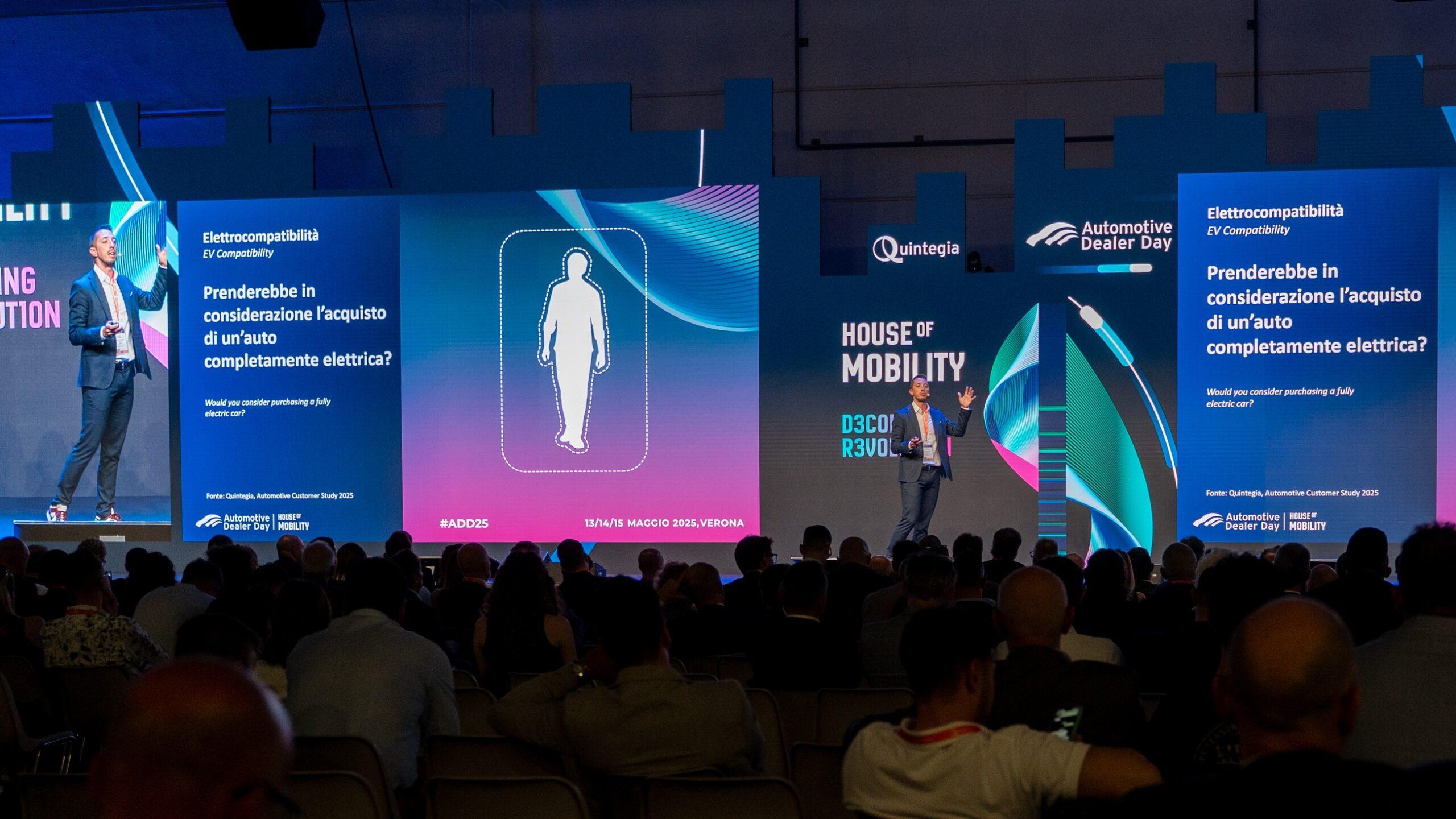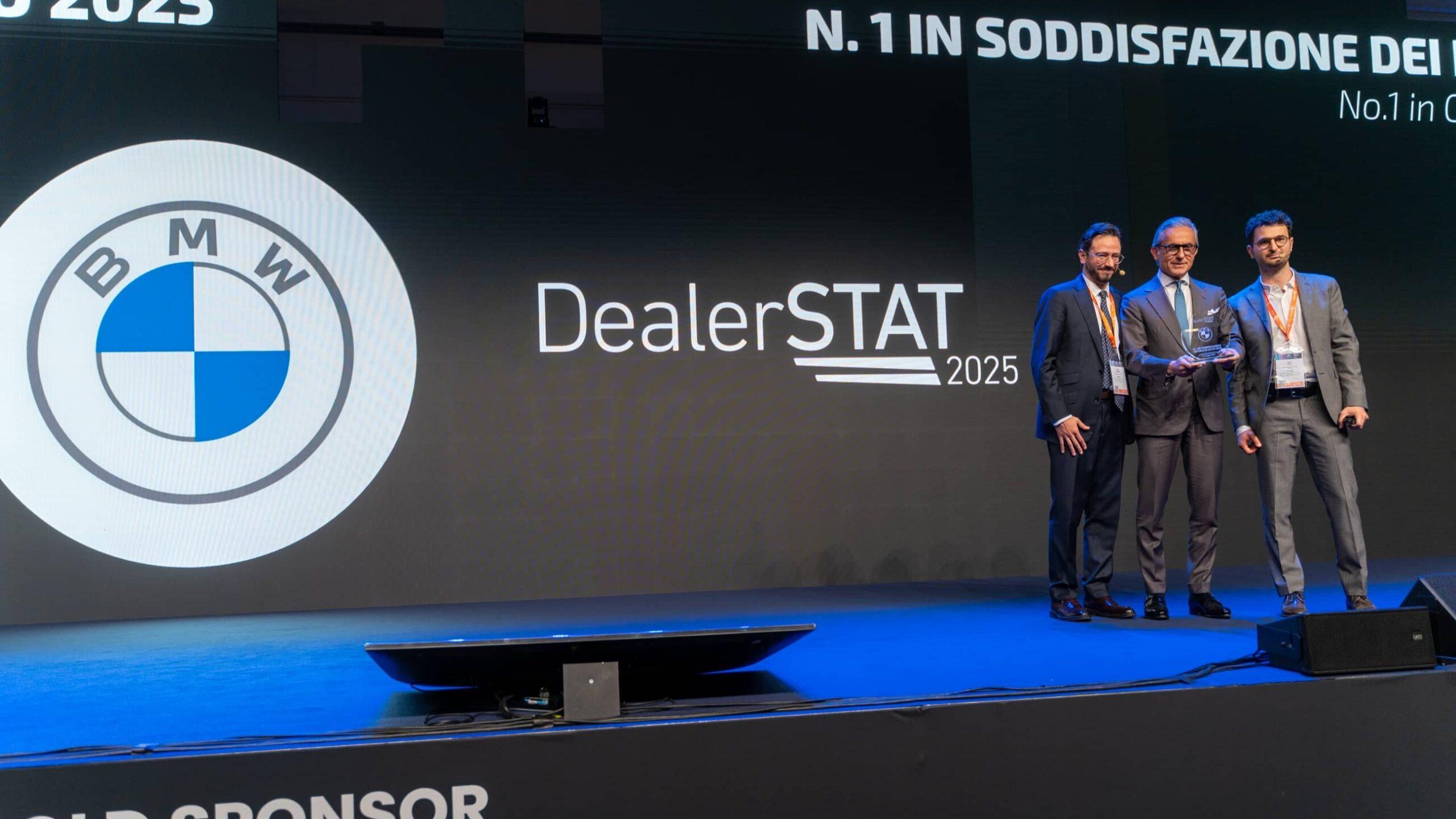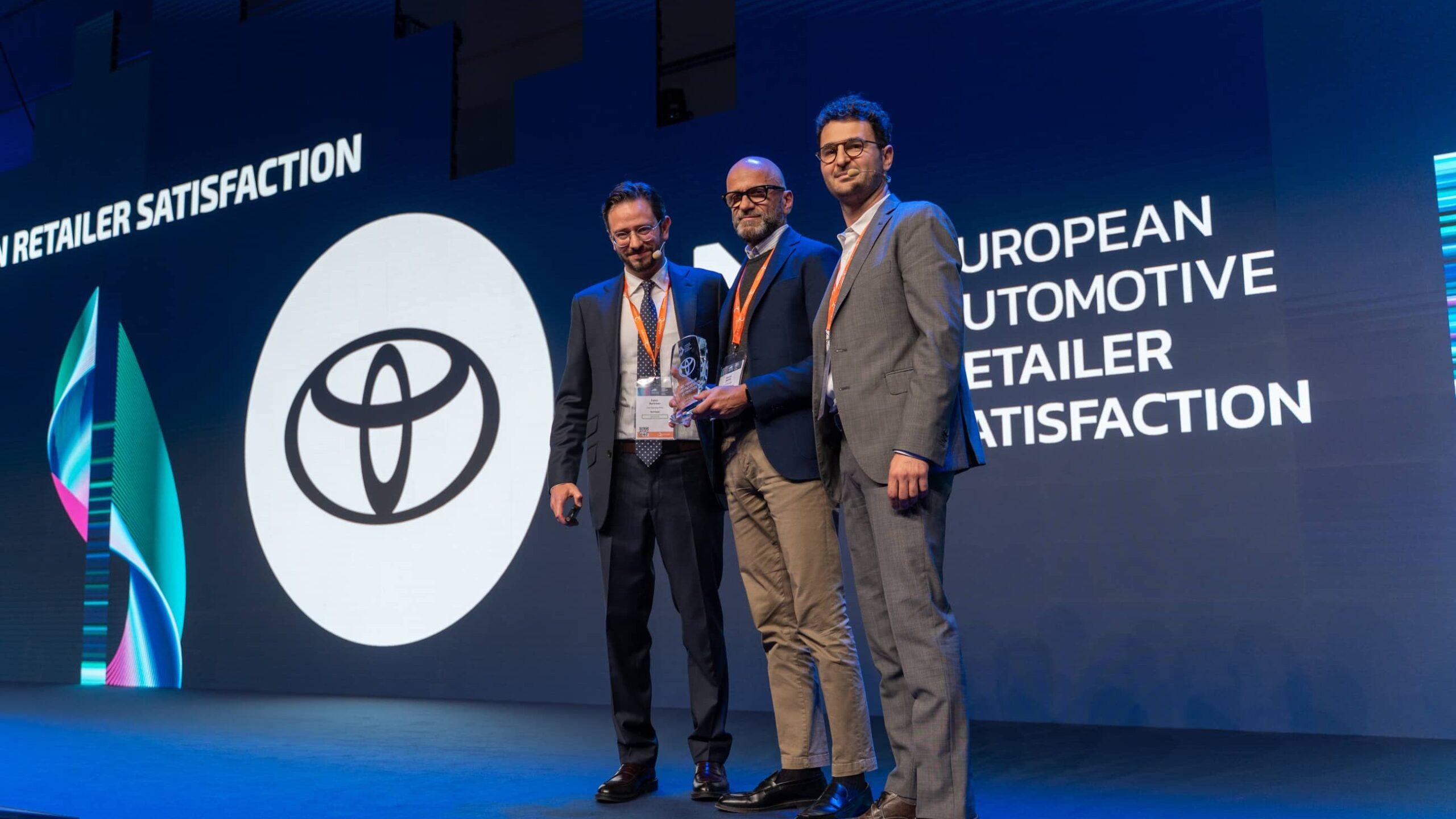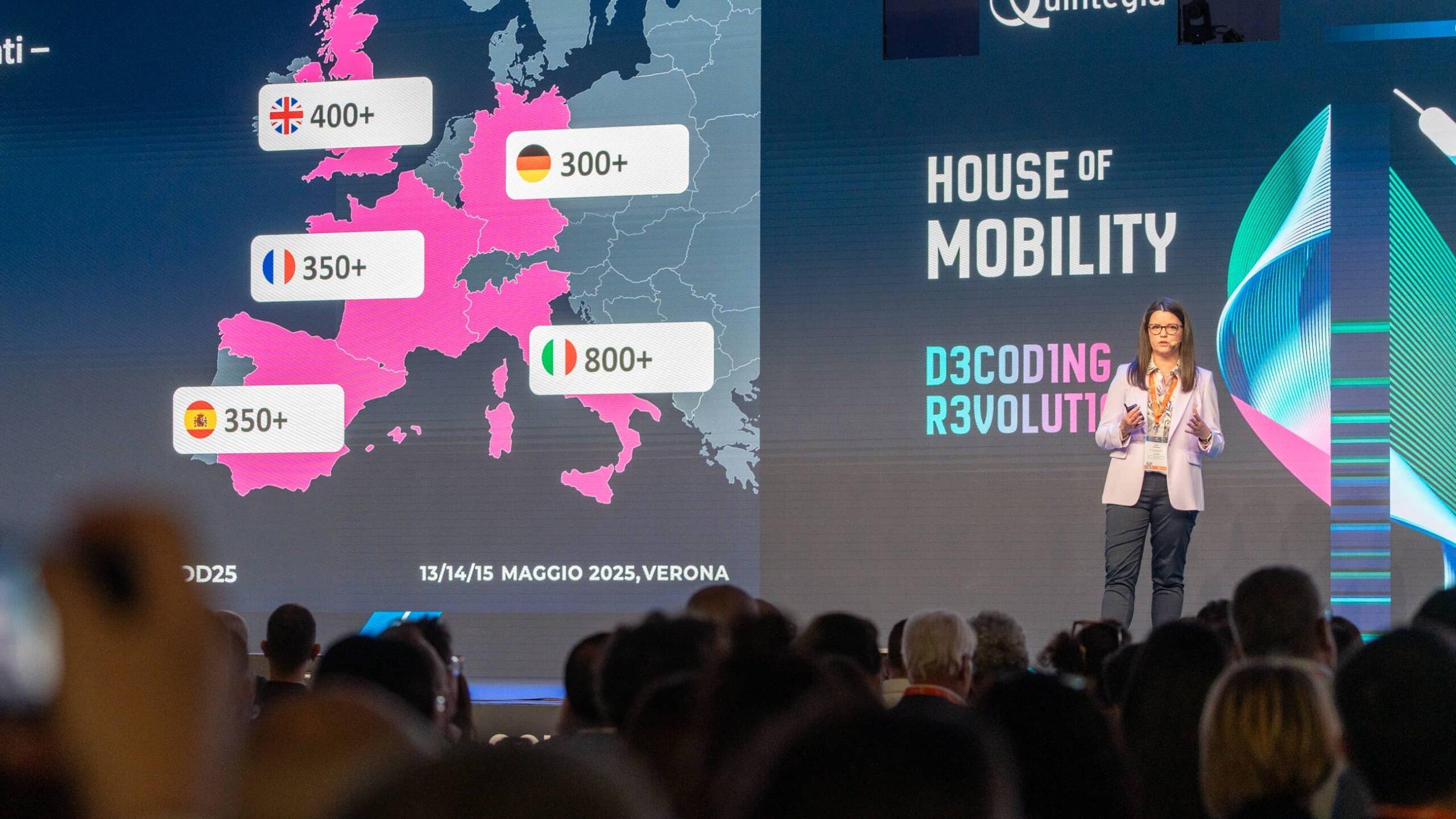How much can gender stereotypes impact a woman’s career development?
A great deal! There comes a point in a woman’s life where the mental load of managing the household, in addition to work outside the home, makes it impossible to maintain the highest level of availability, performance, and energy. And certainly not due to a lack of willingness.
While it’s true that in recent years, we have begun to see a more equitable distribution of the management and planning of ordinary family life activities, roles are well-defined and deeply rooted, even unconsciously, within the couple. Those who end up having to think about every little detail, in most cases, are still women.
Colleagues at work perceive this change, and it can happen that, in an effort to accommodate personal needs and show support, they no longer involve women in strategic meetings conducted at times that are not compatible with family commitments or in career development plans and training events that require a significant amount of energy. But the indirect effect of this apparent “lightening” is the development of psychological insecurity that inevitably affects productivity, motivation, and hence, engagement. Many of us, therefore, after pushing for many years on the accelerator of our professional growth, demonstrating skills and charisma to take on leadership roles, eventually lower our career expectations. We feel less entitled to promotions or salary increases, and we don’t feel 100% in both our work and personal lives. Consequently, we forcibly choose to give up a part of ourselves, flattening our professional ambition or, more drastically, leaving our jobs. At this point, a vicious circle is set in motion that is difficult to intercept and stop.
Is gender equality considered necessary in your workplace? How?
In a traditionally male-dominated sector like the automotive industry, which is sometimes still not very attractive to women, we manage to maintain a good gender balance, to the extent that we are included in Quattroruote’s “virtuous” ranking as an example of gender diversity. We achieve a 30% representation of “pink quotas” compared to the total number of employees, not just in staff departments. For example, in our workshops, 33% of technical consultants are women.
Women in managerial positions represent 20% of the total; a percentage on which we constantly focus our attention, despite objective difficulties in finding managerial profiles on the market that align with the company’s positions.
Consistent with one of the objectives of the National Recovery and Resilience Plan (PNRR) to reduce the gender gap in the workplace, our company’s governance is intensifying efforts to improve this figure and continue to ensure the right mix of men and women in all working teams. This is not just a moral imperative but also a means to promote sustainable and inclusive development in our departments: greater diversity means creativity, innovation, and therefore, wealth. We are fully aware that women are naturally inclined not only toward performance but also toward team functioning, listening, and integration/satisfaction of its members. In many cases, they are also more oriented toward problem-solving, a concrete and pragmatic approach, and time optimization through effective priority management, as they are more accustomed to balancing work and family activities.
All of this, in an industry like ours, which is predominantly represented by men, allows for a combination of empathetic vision with technical knowledge, resulting in a more productive, safer, innovative, motivated, loyal work environment and making the company more competitive in the market and attractive to the new generation of talents.



